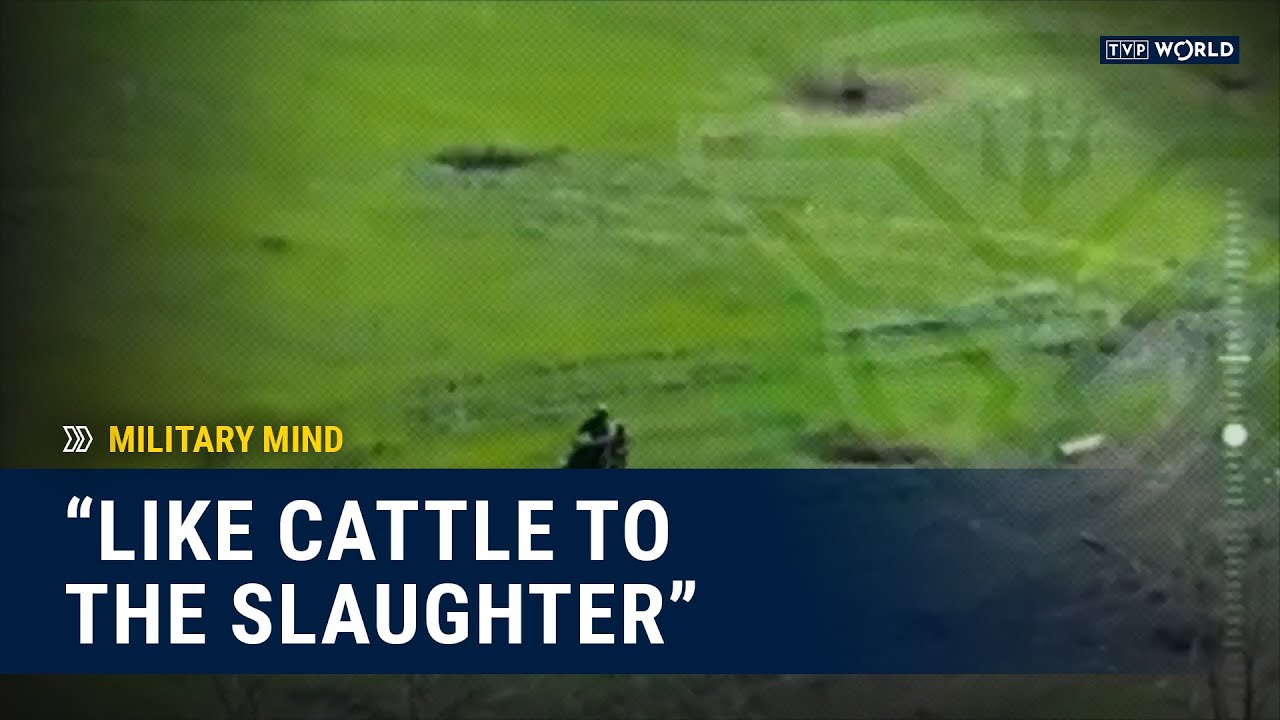Introduction: The Drone vs. Tank Duel in Ukraine
The war in Ukraine has become a testing ground for modern military technology, and one of the most compelling David-and-Goliath matchups is the Ukrainian FPV (First-Person View) drone against the Russian T-90 tank, a mainstay of Moscow’s armored forces. YouTube is awash with combat footage, offering a raw, visceral look at these encounters. This content raises critical questions: How effective are these relatively inexpensive drones against a sophisticated main battle tank? Are FPV drones truly "T-90 Killers," as some claim? And what does this mean for the future of warfare? We’ve analyzed a selection of these videos to bring you key insights into this evolving dynamic.
Key Takeaways: FPV Drone vs. T-90 Tank
- FPV Drones Can Inflict Significant Damage: Numerous videos document FPV drones successfully striking T-90 tanks, often resulting in mobility kills (damage to tracks or engine) or even catastrophic fires and ammunition cook-offs. The drones often target the tank’s vulnerable rear, top, or sides, bypassing its thick frontal armor.
- Cost-Effectiveness is a Major Factor: FPV drones are significantly cheaper to produce and deploy than anti-tank guided missiles (ATGMs) or other traditional anti-armor weapons. This allows Ukrainian forces to field a large number of these systems, saturating the battlefield and posing a constant threat to Russian armor. A drone can cost as little as a few hundred dollars, while a T-90 tank costs millions.
- The Human Element is Crucial: The skill and experience of the drone operator are paramount. Successful attacks often involve precise maneuvering and targeting, exploiting the tank’s weaknesses and the terrain. The "pilot" is as important as the technology.
- Electronic Warfare (EW) is a Constant Threat: Russian EW systems are actively used to jam or disrupt drone signals, making successful attacks more challenging. This has led to a constant cat-and-mouse game between drone operators and EW specialists, with both sides developing countermeasures.
- Tactical Adaptations are Evolving: Both sides are adapting their tactics in response to the FPV drone threat. Russian forces are employing tactics like cage armor ("cope cages") and electronic warfare to defend against drones, while Ukrainian forces are developing new drone tactics and improving drone technology.
A New Era of Asymmetric Warfare?
The proliferation of FPV drones in Ukraine highlights a potential shift in the balance of power on the battlefield. These relatively inexpensive systems are proving capable of inflicting significant damage on even the most advanced armored vehicles. This raises questions about the future of tank warfare and the potential for asymmetric warfare, where smaller, less technologically advanced forces can effectively challenge larger, more heavily equipped adversaries. While the T-90 is still a formidable machine, the drone threat forces a re-evaluation of its battlefield role and vulnerability.
See the Action: Scroll Down for Video Highlights
Want to see the drone vs. tank duels for yourself? Scroll down to watch curated highlights from the videos we’ve analyzed. Witness the intensity of these engagements and draw your own conclusions about the effectiveness of FPV drones on the modern battlefield.





